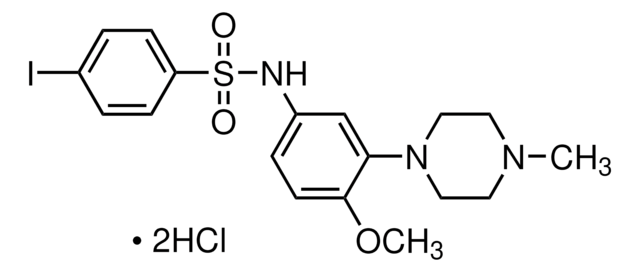S6021
D-Sorbitol
≥98% (GC), for molecular biology
Synonym(s):
D-Glucitol
About This Item
Recommended Products
grade
for molecular biology
vapor density
<1 (vs air)
vapor pressure
<0.1 mmHg ( 25 °C)
Assay
≥98% (GC)
form
powder or crystals
color
white
useful pH range
5.0-7 (25 °C, 182 g/L)
mp
98-100 °C (lit.)
solubility
water: soluble 182g/l at 20 °C (68 °F)
foreign activity
DNase, RNase, and protease, none detected
SMILES string
OC[C@@H](O)[C@@H](O)[C@H](O)[C@@H](O)CO
InChI
1S/C6H14O6/c7-1-3(9)5(11)6(12)4(10)2-8/h3-12H,1-2H2/t3-,4+,5-,6-/m1/s1
InChI key
FBPFZTCFMRRESA-JGWLITMVSA-N
Looking for similar products? Visit Product Comparison Guide
Application
Biochem/physiol Actions
Other Notes
Storage Class Code
11 - Combustible Solids
WGK
WGK 1
Flash Point(F)
Not applicable
Flash Point(C)
Not applicable
Personal Protective Equipment
Regulatory Listings
Regulatory Listings are mainly provided for chemical products. Only limited information can be provided here for non-chemical products. No entry means none of the components are listed. It is the user’s obligation to ensure the safe and legal use of the product.
JAN Code
S6021-1KG:
S6021-100G:
S6021-500G:
S6021-BULK:
S6021-5KG:
S6021-VAR:
Certificates of Analysis (COA)
Search for Certificates of Analysis (COA) by entering the products Lot/Batch Number. Lot and Batch Numbers can be found on a product’s label following the words ‘Lot’ or ‘Batch’.
Already Own This Product?
Find documentation for the products that you have recently purchased in the Document Library.
Customers Also Viewed
Our team of scientists has experience in all areas of research including Life Science, Material Science, Chemical Synthesis, Chromatography, Analytical and many others.
Contact Technical Service




